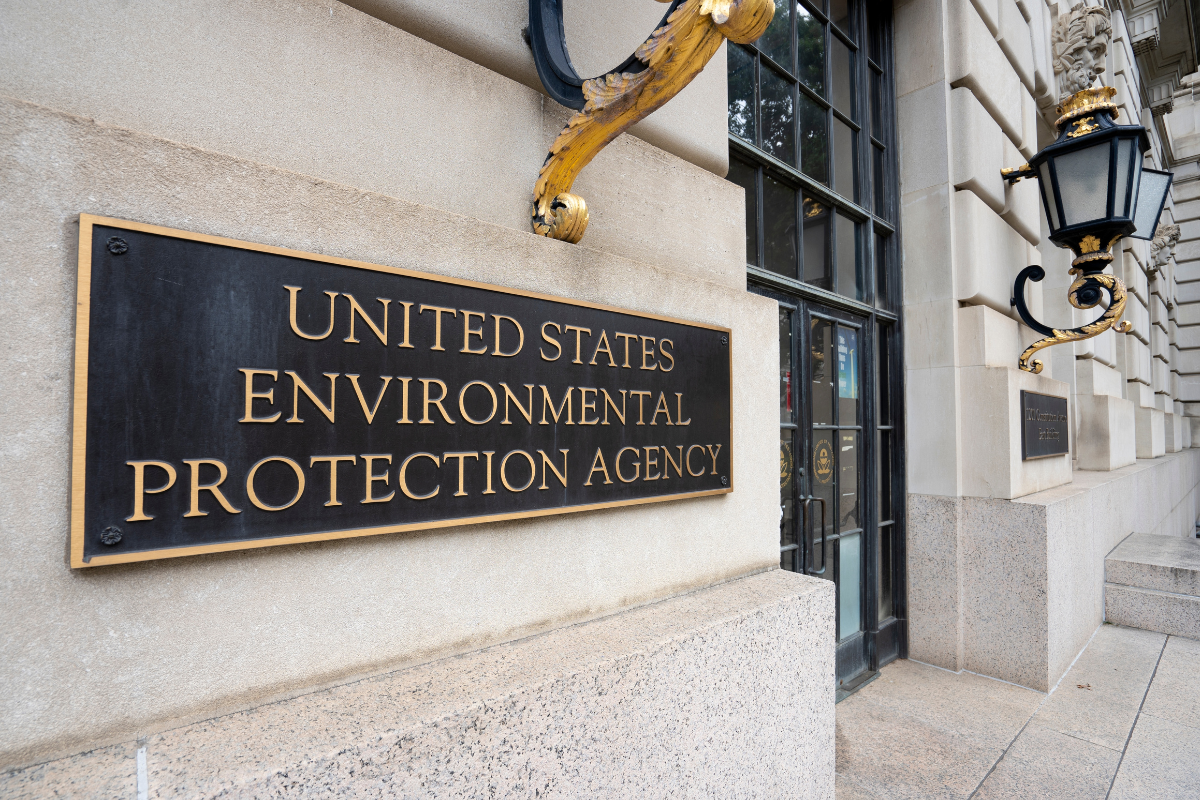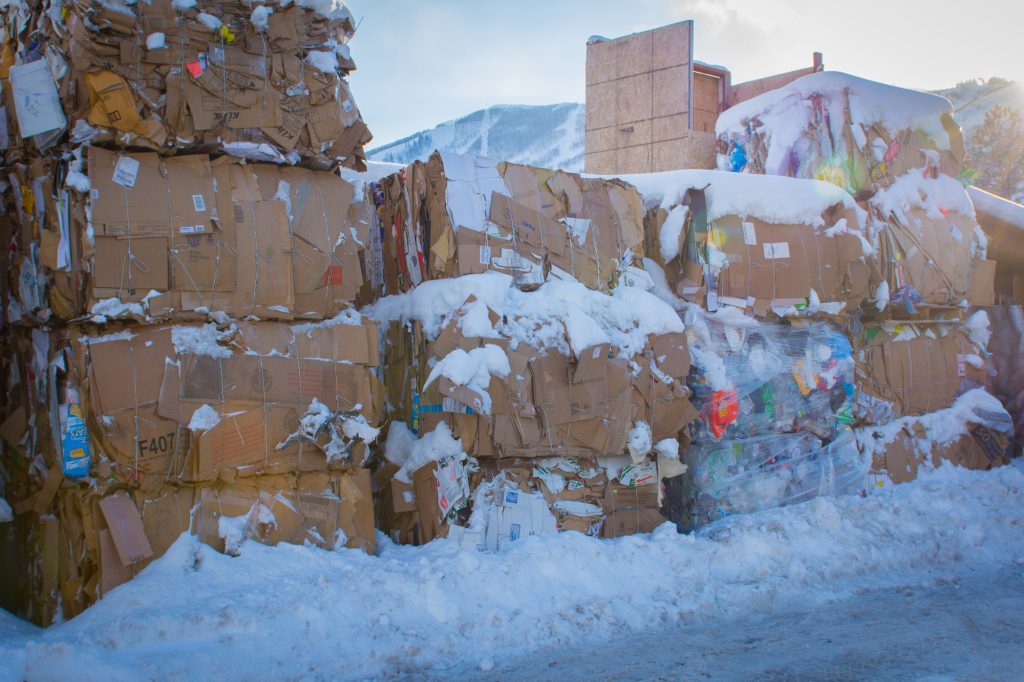
A government-wide pause on federal assistance could affect recycling projects across the country. | Rix Pix Photography/Shutterstock
This story has been updated.
After a day of confusion and legal challenges across the country, the Trump administration cancelled a memo freezing federal grants, loans and other assistance, according to reporting from various news outlets.
A federal judge on Tuesday had temporarily halted the change shortly before it was set to go into effect.
The pause had been intended to ensure that federal spending aligns with the Trump administration’s priorities and would include previously greenlit projects, according to a White House memo released Monday and related documents. Hundreds of millions of dollars for new recycling facilities and other industry initiatives were at risk of being put on hold.
Continue Reading











